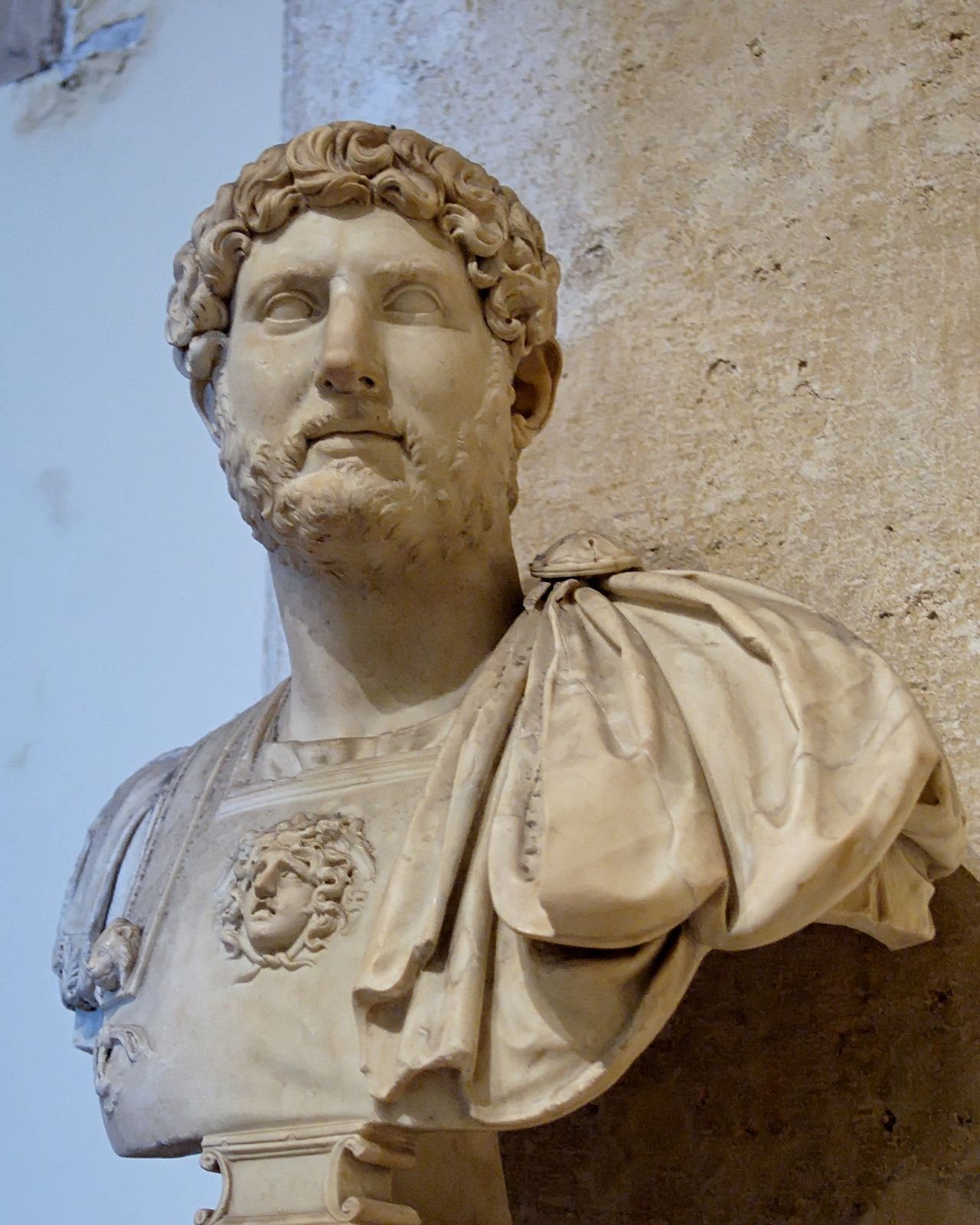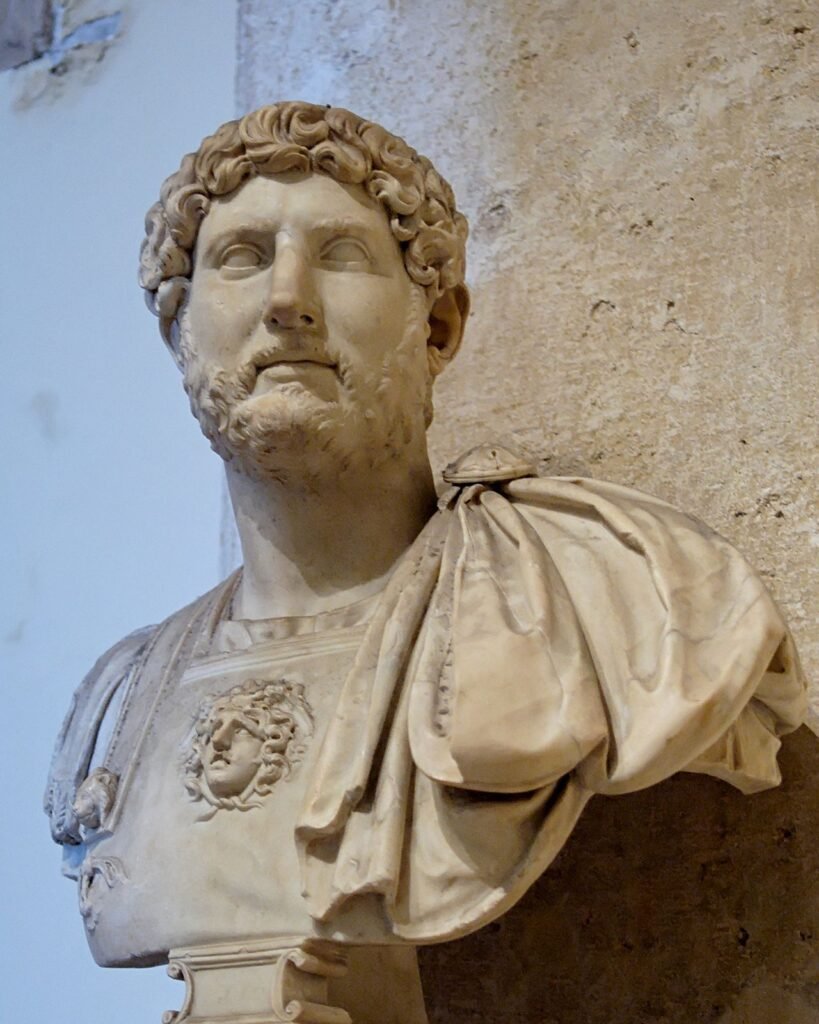Exploring the Rich History of Ancient Rome: A Comprehensive Guide
Ancient Rome is undoubtedly one of the most fascinating civilizations in human history. From its legendary founding to its ultimate decline, the Roman Empire left an indelible mark on the world. In this comprehensive guide, we will delve into the captivating history of Ancient Rome, exploring its myths and realities, the rise and fall of the Roman Republic, the glorious era of the Roman Empire, its society and culture, awe-inspiring architecture and engineering marvels, the formidable Roman Army, religious beliefs and mythology, and finally, the legacy Rome left behind and its profound influence on Western Civilization.
The Founding of Rome: Myth and Reality
The story of Rome’s foundation is steeped in myth and legend, making it difficult to separate fact from fiction. According to Roman mythology, the city was founded by Romulus and Remus, twin brothers who were raised by a she-wolf. However, historians suggest that Rome’s origins can be traced back to a small settlement established by the Latins in the 9th century BCE. Regardless of its origin, Rome thrived as a city-state and eventually became the capital of an empire that would reshape the world.

Rise of the Roman Republic
The Roman Republic emerged as a result of the overthrow of the Etruscan king in 509 BCE. It was characterized by a system of government in which power was vested in the Senate and two consuls elected annually. The Republic expanded its territories and influence through a series of conquests, including the wars against its arch-rival, Carthage. This period marked a pivotal shift in Roman history, laying the foundation for the rise of the Roman Empire.
The Punic Wars and Roman Expansion
The Punic Wars, fought between Rome and Carthage, were instrumental in shaping the destiny of Ancient Rome. The three wars, spanning from 264 to 146 BCE, witnessed the rise of Rome as a dominant Mediterranean power. Led by brilliant military commanders like Scipio Africanus, Rome emerged victorious, annexing Carthaginian territories and establishing its dominance over the Mediterranean. This expansion laid the groundwork for the Roman Empire’s eventual rise to global prominence.
The Roman Empire: Julius Caesar to Augustus
The Roman Empire was ushered in by the end of the Roman Republic, which was marked by the assassination of Julius Caesar in 44 BCE. Caesar’s grandnephew, Octavian, emerged as the victor in the ensuing power struggle, eventually becoming the first Emperor of Rome, Augustus. This marked the beginning of the Roman Empire, a period of stability and prosperity that would last for centuries.
Pax Romana: Golden Age of the Roman Empire
The Pax Romana, meaning “Roman Peace,” was a period of relative tranquility and stability within the Roman Empire, lasting from 27 BCE to 180 CE. During this time, Rome experienced significant economic growth, urban development, and cultural flourishing. The empire reached its territorial zenith, spanning from Britain to Egypt. The construction of impressive public buildings, such as the Colosseum and aqueducts, exemplified the opulence and grandeur of this golden age.
Roman Society and Culture
Roman society was hierarchical, with the upper class consisting of patricians and the lower class made up of plebeians and slaves. Family played a central role, and Roman citizens prided themselves on their moral values and traditions. Roman culture was greatly influenced by Greek civilization, with literature, art, and philosophy flourishing. Roman achievements in architecture, engineering, and law still astound us today.
Roman Architecture and Engineering Marvels
The Romans were pioneers in architecture and engineering, leaving behind some of the most iconic structures in history. They developed the use of concrete, enabling the construction of massive buildings such as the Colosseum, which could hold up to 50,000 spectators. Roman aqueducts, like the Pont du Gard in France, showcased their engineering prowess, supplying water to cities and enabling urban development.
The Roman Army: Legions and Tactics
The Roman Army was renowned for its discipline, organization, and military strategies. Composed of well-trained and highly skilled soldiers, known as legionaries, the army played a crucial role in expanding and maintaining Roman dominance. Their innovative tactics, like the Testudo formation and the use of siege engines, ensured their success on the battlefield. The military prowess of the Roman Army was a key factor in the empire’s longevity.
Roman Religion and Mythology
Roman religion was polytheistic, with a pantheon of gods and goddesses worshipped throughout the empire. The Romans believed in offering sacrifices and engaging in rituals to appease the gods. They also integrated foreign deities into their religious practices. Roman mythology, heavily influenced by Greek mythology, provided explanations for natural phenomena and served as an important cultural reference point.
Decline and Fall of the Roman Empire
Despite its remarkable achievements, the Roman Empire eventually faced internal and external challenges that led to its decline. Internal strife, economic instability, and the barbarian invasions weakened the empire. By 476 CE, the Western Roman Empire fell, marking the end of Ancient Rome. However, the Eastern Roman Empire, known as the Byzantine Empire, continued to flourish for centuries.
Legacy of Ancient Rome: Influence on Western Civilization
The influence of Ancient Rome on Western Civilization cannot be overstated. Its legal and political systems, architecture, language, and cultural heritage have left an enduring impact. Roman law became the foundation of many legal systems, and Latin evolved into the Romance languages. The magnificent ruins of Rome continue to inspire awe and admiration, and the legacy of this great civilization lives on in our modern world. To truly appreciate the richness of Western culture, one must explore the fascinating history of Ancient Rome.

